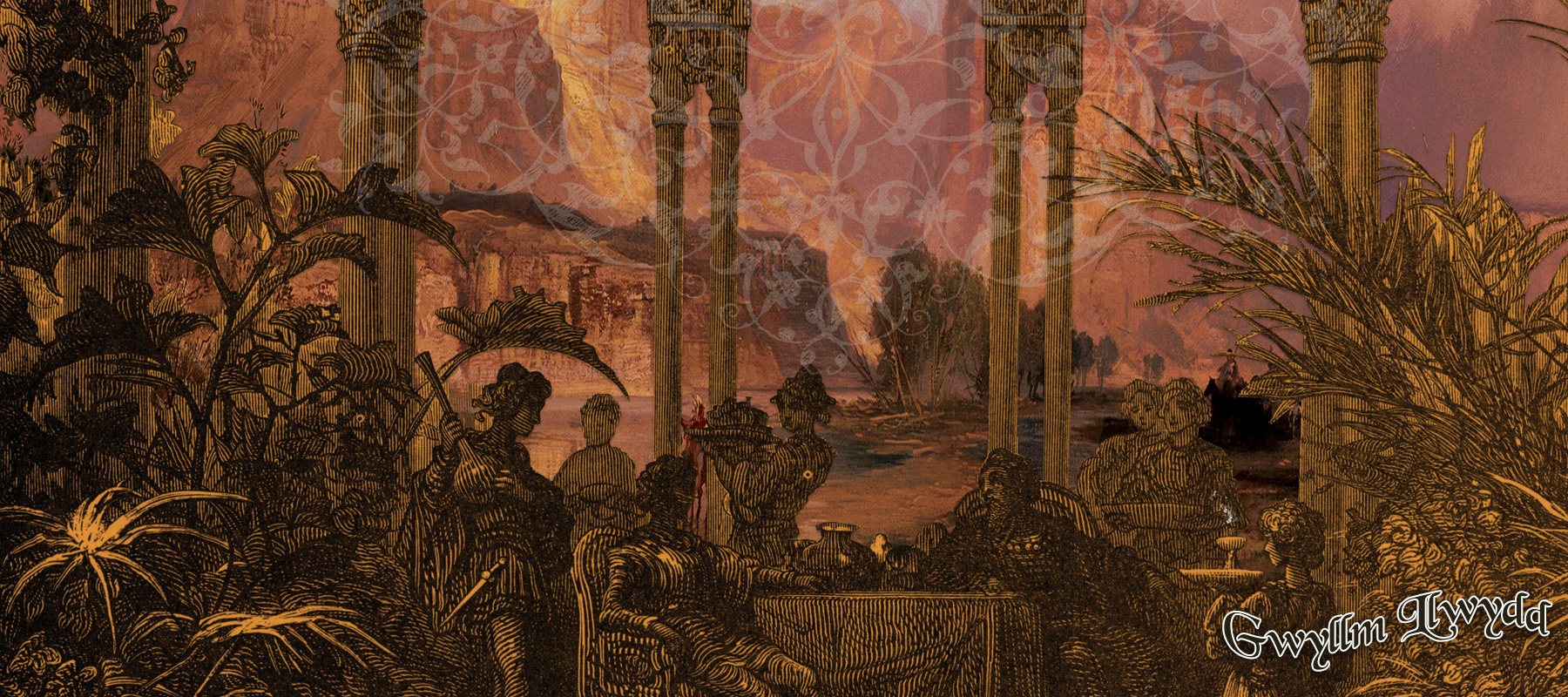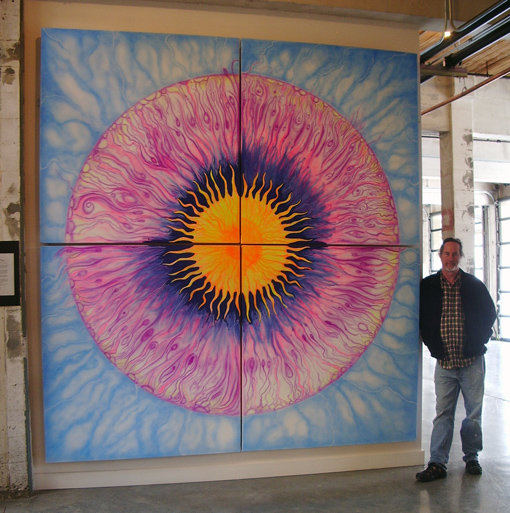
I started skateboarding back in 1962-63. Metal Wheels. Some commercial boards, but lots handmade. I still have road rash scars on my left hand and side from eating a piece of gravel traveling down a long hill in Colorado. We were virtually alone where ever we boarded. The culture really didn’t take off until compound wheels. I think the real time of innovative boarding came about in the mid 70’s on. I left off after a few years, and then picked up skates in the 1970’s. I was even a skating waiter, working at the Sidewalk Cafe in Venice. Fun fact, I first met Robby Krieger outside of my girlfriend’s (at the time) Frozen Yogurt Store in Century City. They were old friends from the Whiskey days. He came sliding up, and Pam was all smiles to see him. He got all over West L.A. on that board.
I got my son a board when he was 8. Never used it as none of his friends were into it. Hopefully I will be around for his kids, so I can get them boards. It may just jump a generation. I watch board videos occasionally on YouTube. Amazed at the skill level. Good times!
You had some narrow escapes and other adventures as a young man that are worth telling? Care to share a couple here?
So many stories… I could start with the one where at 14 I hitchhiked from Denver up to Wyoming and caught a freight train to Salt Lake, and then another to Marysville California on the way to San Francisco to see The Jefferson Airplane. We ransacked a public bomb shelter (yeah, in case of nuclear war) for dried crackers and rock candy for our supplies. We hopped on the train outside of Cheyenne and rode inside the Refrigerator section of a freight car. No ice, so it was okay.
Got into Salt Lake, dodged and ran from rail dicks and hopped onto a flat bed with a truck trailer. Nearly lost my friend when he opened the door of the trailer, and got blown over the rails holding on for dear life. Hauled him back and we got inside the trailer to find it was full of something noxious, back out to below the trailer by the wheels. Did I mention we had no water? Oh yeah no water. Going across the desert at 70 miles an hour, being buffeted by the hot wind all of the way. Such thirst!
Finally went through Sparks Nevada, and then into the Sierra Nevada…which included a lengthy tunnel and a few short ones. We hit the lengthy tunnel and the smoke from the engine ahead of us made us cover our heads with our shirts so we could breath. It seemed like forever, acrid smoke billowing over us. I thought we would suffocate. (A week later a body would be found in that tunnel with the throat cut, thrown from a train. Was it on our train? I have thought of that for years. The ride down to Marysville took us past Grass Valley, and other parts of California that I would come to love years later.
When we arrived in Marysville, a rail worker gave us a watermelon, a true act of kindness. We were exceedingly filthy from the 2+ days of traveling that no amount of water seemed to clean us, but oh, I drank so much I thought I might flounder. Later we caught a truck ride down to Berkeley, to a commune of friends that we both knew. A week or two in to our stay there I dosed on LSD for the first time, ending up for awhile sitting underneath Country Joe and the Fish’s Farfisa organ as I came on at The Jabberwocky Cafe on Telegraph Avenue. I have a long tale of that night, but that is for another time. I ended working in the central valley picking crops during the day in August, and busking on the streets to make ends meet before I headed back to Denver. Didn’t get to see the Jefferson Airplane then, that would come later.
When I came back to Denver, I got busted by Detective John Grey. I can remember the police coming through the door and The Who’s “My Generation” on the record player. This began a year + of probation, 6 months in detention for being…myself and being busted multiple times.
After I moved to California (but didn’t stay there as a condition to get off of probation) I ended up as a mule for awhile for a consortium out of Austin carrying suitcases of Mescaline (extracted from Peyote) to exchange for Owsley Acid to bring back to Denver for distribution in Texas. If we had only known that Mr. Owsley was living in Denver about 2 miles away from the commune I was living in… At that point Mescaline was legal as was LSD, except in California. I never got paid in money, wasn’t my goal, but I gave away lots of Mescaline up and down the coast of California and in Colorado.
I recall one flight that I made. I dropped acid twice before getting on the airplane, smoking DMT for the first time, dropping again on the plane; ever see lightening erupt upwards and downwards from a cloud at night flying over the desert 36 thousand feet up? Dropped again at the airport, and in Berkeley. I kinda lost it about 24 hours in with that one. Found myself in a Volkswagen the morning after heading back to Colorado, sick as a dog, still peaking. I hitchhiked from outside of Salt Lake back to Denver. The guy who picked me up was packing a .45 and had a bottle of vodka between his legs which when he swigged he would hit the accelerator. He had me open the glove compartment, where he had a ounce
or so of weed. I rolled joints the whole way, terrified for my life. He was okay, but the gun was a real bummer.
I was bouncing back and forth between the Haight, L.A. and Denver all through that Summer into the early parts of 1968. I lived for a while 3 doors up and across the street from the Grateful Dead’s house. We would step out in the morning or when ever, check the streets for cops and light one up. Often times Pigpen, and Phil etc would be on the porch. They would wave, we would wave back.
Stayed for awhile at Superspade’s place after he got topped. We were cutting up kilos when the FBI pounded on the door late at night. You never saw so many people try to get out of a back door in so short of a time. “We are not interested in what you are doing, just want information” Poor Superspade had been found hanging off of a cliff in Point Reyes. He had gone to Sausalito with 35K to score, and never made it back. After the FBI came to the place, I was spooked, and left soon after.
Just before my 16th birthday I let the Mescaline connection go. Things were a bit weird and all enough. I made it back to Denver just before The Denver Be-In. I was down at 17th and Pearl when I bumped into Tim Leary and Allen Ginsberg in front of The Green Spider Coffee house, midway down the block from the where The Folklore Center was (now moved and still going). I had worked at the Green Spider the year before, anyway, I walked up to Tim and Allen and started talking to them. They spent an hour with me. It was the first time I think that adults had given me full attention. They both were kindness incarnate. One of those meetings that change your life forever. I have never forgotten that afternoon, or ever will. Saw them again the next day at the Be In. The Dead were playing, Allen was dancing, and there is a photo of me somewhere in a musty copy of the Denver Post dancing with a giant God’s Eye completely baked on Acid on a late summer’s afternoon.
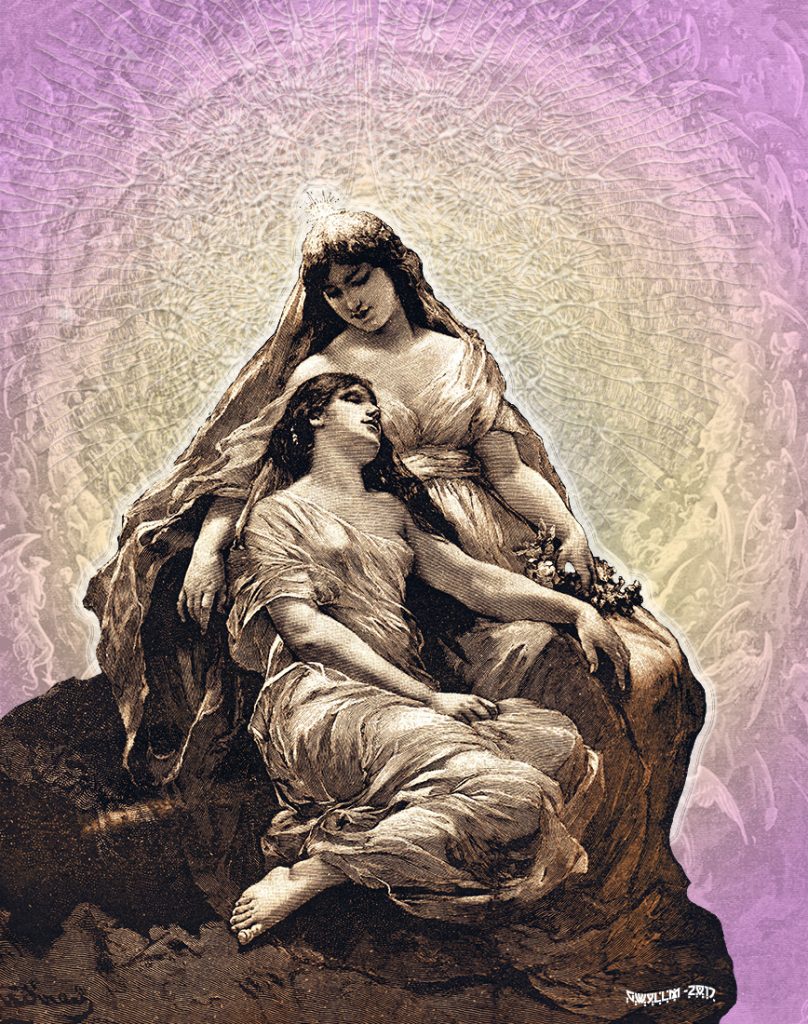
So many tales. Getting shot at by a cop as I was trying to escape out a back door during a bust in Boulder in January 1968, escaping from detention and heading back to The Haight in a desperate run with friends, 9 of us in a 1950 Chevrolet with a platform to the front seat where the back and trunk used to be. Stopping on the continental divide, flat tire. Stars below us on the horizon lines, the nearest car perhaps 25 miles away. Breathtaking. A speed freak in the back talking nonstop for 16 hours, regardless of how many times he is asked to stop.
Getting busted for Jaywalking in the Haight. Getting busted for hitchhiking in Malibu. Running into the Manson women in front of the Drogg Store, where Charlies was playing inside. Such a creepy moment. The hackles stood up on my neck, and all I saw was darkness around them. That was pretty much the last straw so I finally giving up on the Haight, and moving to Lyme Kiln Creek in South Big Sur, but that is another tale altogether. After Big Sur, I dropped out of the scene for several years living deep in Northern California, pursuing Occult and Sufism studies before moving to Los Angeles in 1972. Lots more stories, lots of adventures.
How did you first encounter Ludlow’s The Hasheesh Eater? What was it about the book that captured your imagination?
Ah, skating again, in Venice. High probably, rolled into a bookstore, and there it sat on a shelf, beckoning to me. This is the Sätty /Michael Horowitz version. Sätty being a German artist who did collage work, living in San Francisco. His “Ship of Fools” print/poster was the first piece I ever bought…in 1966. Michael Horowitz, founding member of The Fitz Hugh Memorial Library/Tim Leary’s archivist/friend. (My friend as well and who I consider a mentor regarding all things publishing). Gorgeous cover, Silver and Black, a Sätty dream illustration, with David Singer’s font work. Did I say gorgeous? I opened it and discovered a world I had no idea about, the Victorian world of Hasheesh Eaters/Visionaries. I still have my copy. A prized volume.
The art work, the tales were so enthralling. I was using lots of Lebanese and Afghani Hash at that point, exploring it by eating, smoking, etc. The tales paralleled my experiences that I was having with Hash at that time. I was exploring inner landscapes that often, actually almost always were either North African or West Asian. It was uncanny.
The more I read, the more I started to eat Hash. It was quite the affair. Mind you, I had never been to North Africa, or West Asia. Still it felt authentic. I recall sitting on a sand dune, with the tingling of bells from a caravan of camels passed behind me. There was a blazing sun (which seemed to be a central theme in all of these experiences time and again) overhead. Years later I heard those same bells, but in a field recording from North Africa.

I realized that no one had stepped up to the challenge that Sätty/Michael Horowitz had lain down. There is a brilliant version from I think 1905 with the art of Aubrey Beardsley used to illustrate it . That is a collectors dream, out of my league.
I like projects. Weirdly, the more complicated and detailed the better. Fucking Virgo Sun and Libra Moon playing havoc in my life time and again. It also involves what I value highly: aesthetics. I cannot fathom how one would not approach this work without the visual component tied into it, and not designing the work to make a statement visually, and dare I say spiritually in that Ludlow’s work is highly charged with that.
So, I put together the original version, which is very comprehensive, and visually rich. Then, I realized I had to take it further. There are about 10 more illustrations in the Limited Editions along with almost 30 more pages of text. I could of gone on, but had to draw the line somewhere along the way.
This project has taken over two years of work, but more of dreaming of. I wanted to honour Fitz Hugh Ludlow’s influence and artistry, but I wanted to also pay homage to the workings of Sätty/Michael Horowitz for the dream that they produced together. One must tip the hat to ones influences and artistic progenitors.
What inspired you to begin your gorgeous art, poetry and essay journal and to name The Invisible College?
It jelled further when they came to visit our home in Portland. They ended up being the first two artists to be featured in the first two editions of The Invisible College. They encouraged me to put together the whole thing when I told them I had a dream of a publication that would cover multiple disciplines in the arts and literature. I am still friends with Martina, I love her dearly. I miss Robert, he was an amazing person. Studied under Mati Klarwein, Ernst Fuchs, Salvador Dali, actually living at Dali’s compound in Cadaques, Spain for 6 years. He was the real deal. When I think of Renaissance Man, Roberto always comes to mind. Perhaps the key artist in the whole visionary school, having practically
invented it.
Anyway, the first two editions were in PDF form. I hope one day to recreate them on paper. It is a labour of love. Never made a profit off of it. Don’t care, but it would be a bonus. If you love what you do, keep doing it. We have had the most amazing artist, writers, poets partake in its creation. All of the early ones were put together in Photoshop and Word. It was like lithography/printmaking in a way. Slow, slow process. Thank the Muse for InDesign. Life is easier.
I spend hundreds of hours on the minutia of the project. You will never find a plain white sheet of paper in any of the editions. The concept of design is actually quite old, based on my love of the illuminated manuscript, and such notable journals from the past as the San Francisco Oracle, that beautiful work of art edited by Allen Cohen and Michael Bowen. Oz was another, with founders Richard Neville, the fabulous Martin Sharp and Jim Anderson. I am moved by such journals as The Yellow Book; as well, predominant publications from the Fin de siècle in Europe I want it to be a feast, a revelry, a sensual delight. I might get carried away at times, aesthetics overrides lots of considerations: time involved, making anything off the project etc. It is a work of love.
The name… well, I am a student of history, and certain parts of Occult and Metaphysical History. The name comes from a society based on the earlier studies of the great British magician John Dee, who served at the court of Elizabeth the First. So many stories could be told about him. He made a pact with the Witches of The New Forest in Southern England to raise a storm against the Spanish Armada or so it is told. I tend to believe it. Along with his friend Edward Kelley, had Alchemical adventures in Central Europe after Dee fell out of favour with Elizabeth.
Later on (1648) a society was established along the lines of the studies of John Dee. It was called The Invisible College, which was quite a remarkable institution with crossovers of several disciplines within it. Some of the seminal members were Christopher Wren, Robert Boyle, William Petty and others. Being quite eclectic, with such disciplines investigated as Astronomy, Astrology, Mathematics, Alchemical meanderings, emerging scientific, botanical and other studies. The society suffered persecution from Oliver Cromwell’s troops, who viewed it and the members with suspicion. It later was renamed The Royal Society, and exists to this day.
In that it was multi-disciplined and played along the lines of both science and magic, The Invisible College was indeed the model I wanted to follow for the publication. I could have picked a better name, but this one was apt in my view.
How do you achieve such a high quality of printing in your publications? The colors you achieve are astounding.
It has been a real learning experience. First, I cannot afford (at this time) to privately print anything. I rely on POD (print on demand vendors)… Createspace, IngramSpark, Lulu… It was all down to trial and error. I would submit work, and if it didn’t come up to snuff, I would tweak it until it was right. The old method of trial and error, with the added terrors of printing in the digital age. There are always variants that go with digital printing. Colour can be so tricky, especially with screens and the fact that what one screen shows another won’t. A cosmic crap shoot. It is not like it was when I started out putting books out; we compiled and printed them, or were there when they were printed. Now, everything is remote.
How did you become an artist and how has art changed for you in the digital age?
I actually remember the first piece I did at around the age of 5, a finger painting of a storm with a streak of lightening. My first real urges for art was actually music. I wanted to be a drummer, but I drew all of the time. I was put into art classes at college at the age of 11-12 years old. Kinda the talented and gifted model… I got into mandalas through the influence of Bardo Matrix’s publications in Boulder in 1966. I started drawing mandalas from there… which led to pointillism, where I would do large pieces, mandalas mind you with dots… I would work for days on them. After my discovery of Wilfred Sätty, I became enamored with collages, which in reality weren’t that great but satisfying to construct. I played around for many years as I got side tracked into poetry, dance, and music. It was difficult to find the focus. I started working with water colours along the way in the 1970’s as well.
I was thrashing around this whole time. So as a tangent to all of this, Allyson Grey plays a part in my development as an artist, and what I am doing today. Robert, Martina, Alex and Allyson and I were having breakfast one morning at the conference (Mind States) Allyson asks me, “Are you an artist?” I said something along the line, “Well sometimes, mumble, mumble” embarrassed really at the question. She pressed me on it asking “Why are you holding back?” That was close to the end of that conversation, but it struck with me. Why was I holding back? It was a lost cause to fight it. I had been working with Photoshop a bit, and I decided that beyond tweaking photos, it had a lot of promise.
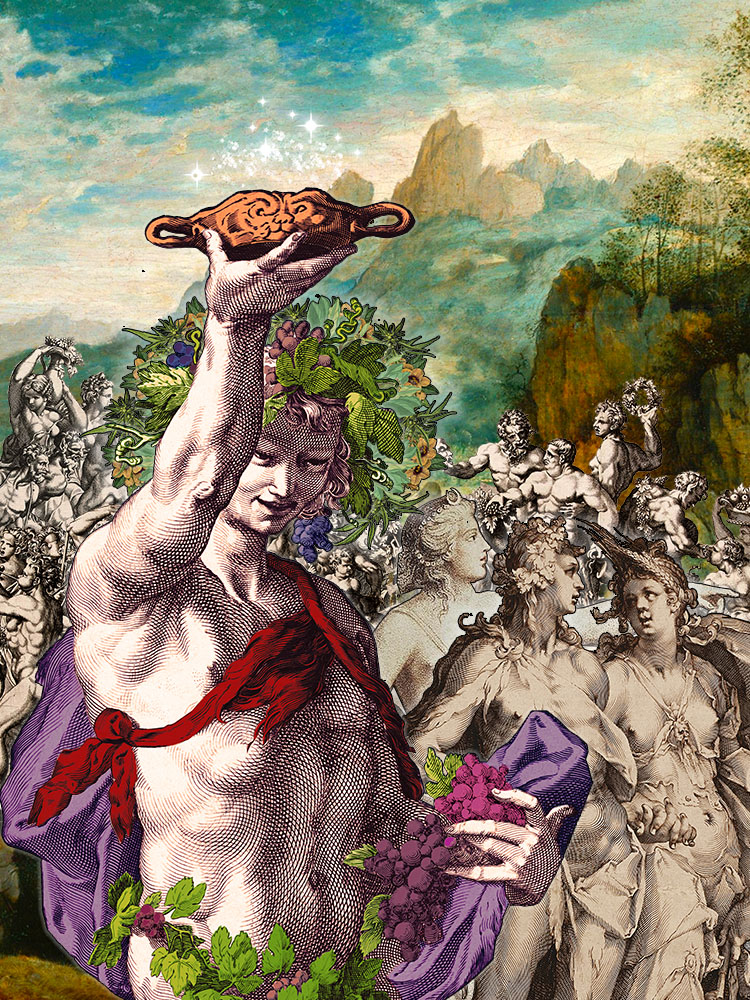
Oh, I got an offer from the late Adam Stanhope. He financed the first 3 pieces: Mantis Head, Indra’s Web and Moiré Eyes. He was among the first to show an interest in my art outside of what I had done as a T-Shirt Illustrator/Collagist. Mantis Head iis a classic collage, with layer upon layer of Mantis Heads, layered out as a Mandala. Complex, but simple in its way. A nod to my DMT experiences over the years. Indra’s Web is a homage to Tim Leary, who as I mentioned I met a few times over the years. It has proved to be the most popular of these early ones. Moiré Eyes… one of my favourite pieces. It has an interesting history. It was hijacked by someone who I will not mention directly, who was involved in the production of it… and sold in Europe to dealers who soaked the prints in a magical concoction. I heard about this 3rd hand from a collector. You would of thought that someone would of gifted me with at least one sheet, wouldn’t you? As an artist I was both flattered and pissed off that my work was used, but via being hijacked without my say so. This is a problem for many of us. Over the years I have found people reproducing my various designs from T-Shirts (Salvia Goddess) to other pieces claiming my art as theirs. It boggles the mind, and is dismaying. I have had to be unpleasant a couple of times about this. What a wacky world!
I understand you’ve been studying the intoxication techniques of Victorian occultists? Care to share an interesting discovery?
How much they had. How much they did, and how much it affected literature and especially poetry. Everything from ether, to laudanum, nitrous oxide, opium of course and hasheesh as a starting point. The big ones we often think of were Opium & its derivatives, Hasheesh, along with Coca. Opium has a special place in the scheme of things. It plays a huge role in literature throughout the century from Georgian times until the demise of the Victorian Era. From Anne and Charlotte Brontë, up to the writings of
Oscar Wilde (and earlier of course, Coleridge, etc. Dickens, Makepeace, across the spectrum of literature Opium, Laudanum plays a crucial roll. This is of course most noted in the UK and the US at those times. Casting our nets further one mustn’t forget Absinthe. Don’t let this one slip by. It was a great mover and shaker in the arts and literature of the times. So, stepping more into the European world of the 19th century the main axis was Opium, Absinthe and Hasheesh. Coca and its derivatives of course play a part as well, more so in the latter part of the century.
Later came mescaline after the synthesis performed by Arthur Heffter in Germany. I have found reports of its use from the 1880’s on, but I would posit that it was being used in its natural form (peyote) by settlers etc. early on. Supposedly its use was prevalent in the Mormon community. High weirdness to even consider, right? I would suggest to the initiate to read Mordecai Cooke’s The Seven Sisters of Sleep, and of course Ludlow’s The Hasheesh Eater.
Our Victorian forbears were acutely aware of consciousness alteration. They also did not on the main see any need to regulate, or punish those that used various substances. Problems with addiction in the US exploded after the Civil War and the injecting of morphine due to wounds, pain etc. The temperance movement gained quite the headwind with that. There had been concern about Opiate use prior to the war, but nothing like what came later.
Poppy use, and other plants go back to the Paleolithic at least. We are no different than other creatures in that we have a drive to explore consciousness and to find surcease to suffering and healing on many levels. The difference now of course is the corporate medical state with its government enforcers. People should have greater control over their consciousness. We are no less mature or less able in this than peoples from the past. Thousands of years of her/history shows this. The last 100 years or so of prohibition has been incredibly harmful to the health of the species.
You admit to magical and occult leanings. What books have most influenced you in those areas?
Funnily enough, I had training early on that influenced me greatly. The books showed up along theway as companions to that training. Books are great, yet sharing/learning techniques are perhaps thestronger method. With that said, read by all means, read everything that takes you forward. I think the most influential one would have to be The White Goddess by Robert Graves. We were in a book store in Santa Monica and it fell off the shelf into my hands! I took that as a sign. Absolutely changed my life in the way I viewed it. Graves take on the ancient Goddess and the round of the year,
zodiac mysteries, sacrifice etc. is very heady. Some of it is very spot on, and some of it is iffy. A side note in the”discovery” of magic mushrooms, Robert Graves gave Gordon L. Wasson a tip onto Oaxaca’ secrets if I recall. Many of Graves essays are worth their weight in gold, in The White Goddess and elsewhere in his numerous volumes. His poetry is top notch as well.
There are lots to choose from… My very first book along these lines was a book on Zen koans actually, Zen Flesh, Zen Bones. I was quite taken with that one when I was 13-14 years old. The Joyous Cosmology: Adventures in the Chemistry of Consciousness by Alan Watts was a huge influence on my view of combining psychedelics with spiritual practices. The Morning of the Magicians by Louis Pauwels and Jacques Bergier was highly influential in my late teens in that it talked of secret histories. The New View over Atlantis by John Michell was an eye opener, introducing me to the ideas of sacred
landscapes, and our place within that context.
The Gurdjieff books of course, as I was in a 4th way school early in my life. Doreen Valientie’s works helped me along the concepts that Wicca had to offer, the works of Gimbutas are essential. Dion Fortune’s books are a must read, and they come as novels. The Winged Bull, The Goat Footed God; among others. Wonderful stuff. Israelie Regardie’s The Golden Dawn should be on your shelf if it isn’t already.
John and Caitlin Matthews The Western Way: A Practical Guide to the Western Mystery Tradition Volumes 1 and 2 along with John Matthews Taliesin. Know the traditions we come out of. Crowley’s works were cool to run into along the way. Robert Anton Wilson’s books. Really, these are great.
Two volumes also come to mind that are not viewed as Occult/Metaphysical but should be are: Ursula Le Guinn’s The Dispossessed, a fundamental book on understanding Anarchism and its spiritual roots. You can be a fundamentalist Christian or a die in the wool Atheist and still get value from this book. The Magus by John Fowles. Find the early editions before he revised it. Better in the original form in my viewpoints.
Dale Pendell’s works. His Pharmako Poeia trilogy stands as a giant in the literature. I have a large library, but not enough books, not enough time to read them all. I recommend The Temple of Perseus at Panopolis by Peter Lamborn Wilson if you want an overview of the transition/syncrestic of old Egypt into the Hermetic schools. Top notch.
What was the story behind DIY Press?
DIY press was a project my friend Michael, his girlfriend at the time Vera, my wife Mary and I launched in 1978-79. Mary and I had just moved to L.A from London. Michael and I had been roommates previously who shared a love of poetry. Before I met Mary in London, Michael and I became enamored with the 19th century French poets, Verlaine, Baudelaire, Rimbaud. We would read the works aloud to each other when we were out of our trees… Michael and I both wrote poetry, recited to each other, shared similar taste in many things. My first go at writing had been in college, and I quite enjoyed it.
We get a hare-brained idea to start a small press. He was a printer at that point, and had access to a press. We published small poets (i.e. unknown) our own stuff, etc. I did most of the layouts and dark room stuff along with Mary. Vera was there with tea and sympathy. It was a rollicking good time. We sold the books on the boardwalk in Venice at a dollar a pop. It was around for a couple of years, and it laid the seed for other projects down the way.
What was your involvement with Grey Pavilion, an early 80s electronica band? Did you play with Nels Cline?
Yes, Grey Pavilion grew out of two earlier formations:Ubahn, which included our friend Ley Thompson from the UK who came to the US to work with us, and The Voice. Grey Pavilion came about with Mary (wife and creative partner) and I sitting one night trying to think past such a clunker of a name as The Voice.
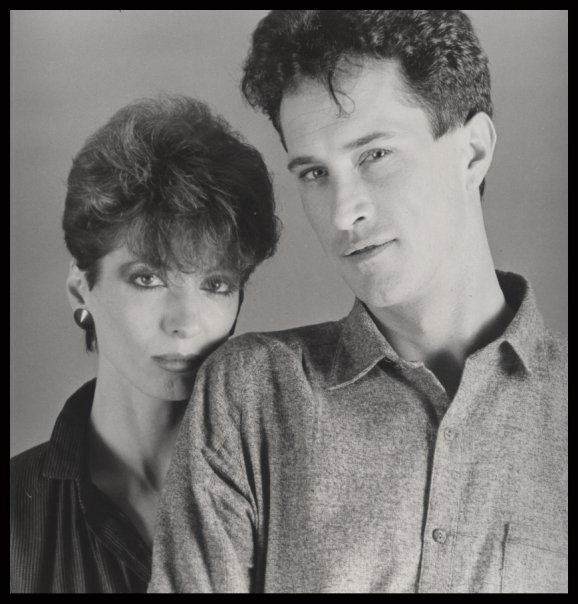
We were lucky to have him along, and lucky to have an 8 track studio in our flat. Lots of hours spent there just hashing sound and textures out. I think we have 2 albums in the can, yet to be released with his work with us.
A bit of history perhaps: Out of DIY press Mary and I decided to launch a band. She had been a sound engineer in the UK, who not only worked in studios, but toured as a sound person/engineer with various acts. She had been in RADA, first as an actress,and then stage management etc. until she settled on sound engineering.
I had been playing music off and on for years. I played several instruments none of them stellar as I was always thrashing about. I busked originally, then settled in to playing the blues, then jug band/skiffle stuff. I sang, played the dobro, bass guitar, mandolin, harmonica… I had a background in keyboards as my mother had been a jazz pianist/organist.
I had been deeply impressed with the rise of the synthesizer through the late 60’s and 70’s. At that point, such bands as Kraftwerk, Can, Roxy Music, Eno’ solo works, and other acts were just getting wilder and wilder with the sounds that I loved. Of course, then comes the Punk explosion in 1975-76. Out of New York Suicide shows up, there was Ultravox in the UK. It seemed a perfect moment, and a natural direction for us.
rhythm programming. I believe the studio was our natural environment.
We moved back and forth from the US to the UK during that time, picking up new instruments, an eastern European hammer dulcimer with 4 strings per note, 3+ octaves, psaltreys, regular dulcimers etc. In the end the synths had taken a backseat to the various dulcimers, etc.
We crash and burned in L.A. walking away from the whole scene, and finally leaving the city of Angels. Nels is still a very close friend. Love him very much, and the work he has done. A consummate musician/artist.
Arcadia as a physical location is in the heart of the Peloponnese peninsula (in Greece). As I stated in that article: “Arcadia, with her roots in the times before deliberate cultivation, before the plow ripped our mother’s flesh, rises up in visions, art, poesy again and again hearkening to the age when it was golden, verdant, a tumbling world of plant, animal, spirits, and gods… before the times of
subservience, neolithic priest-craft, kings and corporations”.
As a reference point in Greek Myth, Renaissance Poetry, it contains the concept of the Golden Age, Pre-Hellenic, Pre-Pelagasian… stretching back to time out of mind when the Goddess was the central figure of the pantheon. Gods and Demi-Gods walked amongst the wild tribes, the Centaurs, the herders of goats and aurochs, the huntresses and hunters who shared the landscapes with all matter of creatures, and beings.
There is another undercurrent to “Arcadia”… the concept of an underground stream of knowledge, and teachings that flow from the most ancient of times, down through the ages, surfacing now and again, then re-submerging during times of repression and danger. Sometimes there is a flowering of knowledge, arts and expression, a freeing of consciousness. It has long been posited that the members of various secret societies operating beneath the gaze of the authorities nudges and pushes consciousness during these times to bring needed change about. This stream has been somewhat publicly acknowledged over the centuries…
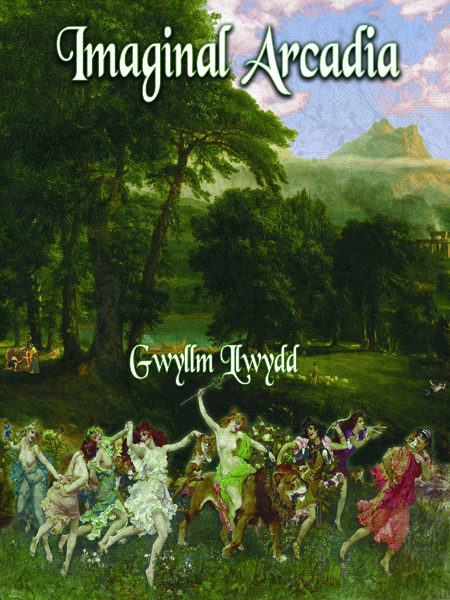
Arcadia is the birthright of every child born. It takes a lot to shake it out of us, but it is there. Arcadia is our past, and I posit, our future.
